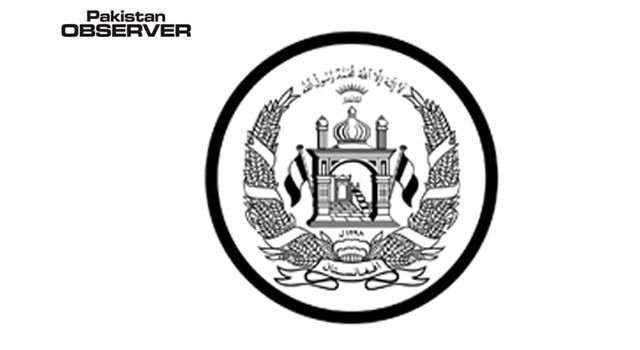The Afghan media has faced many challenges over the past 12 months with many outlets now closed due to economic challenges and restrictions imposed by the caretaker government.
After the Taliban swept into power, the Islamic Emirate spokesman Zabiullah Mujahid told a press conference that they are committed to freedom of speech. However, multiple restrictions were imposed in Afghanistan.
The closing of media organizations, unemployment of journalists, and Afghan journalists leaving the country, are considered the main challenges facing the Afghan media community.
“Our engagement with the media will be based on the framework of journalism. We want all private media to be free and independent,” Mujahid said at his first press conference after the Islamic Emirate came to power.
However, shortly after the Islamic Emirate sent letters to the media saying that the Taliban should be named “Islamic Emirate.”
Over the last year, the Islamic Emirate has issued many decrees, imposing new restrictions on media outlets.
A recent decree ordered female presenters to wear masks while they appear on screen.
“Obviously, performing the programs with a mask is difficult,” said Tahmina Osmani, an anchor of TOLOnews.
Reporters Sans Borders in a report said that 219 media organizations out of 547 have halted their activities due to economic challenges.
“With the closing of these media organizations, around 12,000 media workers–2,100 of them female employees–lost their jobs,” said Hojatullah Mujadidi, chairman of the Afghan Independent Journalists Association.
Over the past 12 months, hundreds of journalists and civil rights activists traveled to neighboring countries, from where they seek to pursue passage to Western countries.
“We call on the foreign countries, European countries and media-supporting organizations to consider the cases of (Afghan) journalists in Pakistan,” said Tahir Sadid, an Afghan journalist in Islamabad.
This comes as the Union of Freelance Journalists of Afghanistan said that more than 130 cases of violence against journalists have been registered and 92 journalists and media workers have been detained. According to the available statistics, two journalists have been killed and four others have been wounded over the past year.
According to some reports, two journalists, Abdul Hanan Mohammadi and Mirza Husseini, are still in detention in Kabul and Kapisa.
Although the caretaker government pledged it remains committed to the freedom of press within an Islamic structure, there has yet to be any specific law to form the structure of media law.
In February, speaking at a gathering, Islamic Emirate spokesman Zabiullah Mujahid said that they would soon form the Commission on Media Violation (CMV).
“Work is underway in this regard. You know that the officials have been replaced recently. Once everyone comes to their work and office, they will work on it,” said Bilal Karimi, deputy spokesman if the Islamic Emirate. —Tolonews










